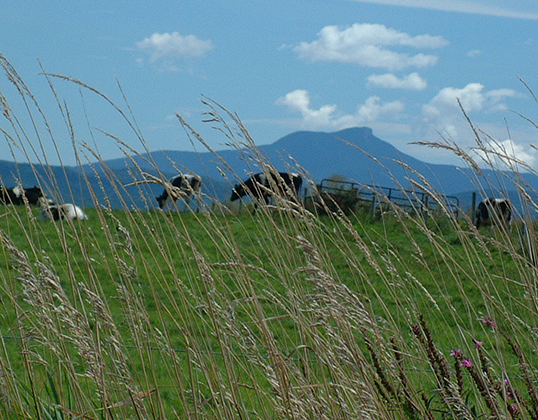What to Do in the Wake of the Federal Reserve Interest Rate Hike

On December 15, 2016, the Federal Reserve Bank (the Fed) caused a .25% increase in short-term interest rates. Though the quarter point hike was small, it could signal the beginning of additional and gradual rate increases. Here is what you need to know.
A long lull in interest rates comes to an end
Short-term rates have hovered close to zero since around 2007 when the United States went into a financial tailspin. At that time, the Fed lowered the federal funds target rate by buying government-backed securities, which pushed money into the banking system, lowering interest rates, and stimulating the economy. Now that the economy is showing signs of recovery, the Fed is selling securities to ease interest rates back up and keep inflation under control.
How interest rate hikes affect borrowing
When it comes to borrowing, the Fed’s decision to raise interest rates will initially affect your variable interest rate loans. Interest rates on variable interest rate loans are often tied to the prime interest rate, which rises when the Fed causes an increase in interest rates. The prime rate is the lowest rate that financial institutions charge their largest and most credit-worthy corporate customers on loans and it is published in the Wall Street Journal, based on the rates of the ten largest banks in the United States.
Examples of variable interest rate loans that could be impacted by the interest rate increase include home equity lines of credit and variable-rate credit cards, auto loans, and student loans. The new rate for these loans is often calculated by adding the prime rate to the lending institution’s margin (the amount charged above the index). These variable rate loans rise and fall with prime. As a result, when prime rises, you pay more on outstanding balances on these loans. When it lowers, you pay less.
Fortunately, the one variable interest rate loan that won’t be immediately impacted is your adjustable-rate mortgage (ARM). In general, mortgages do not use the prime rate as an index. The index is typically set by the lender and can be determined by the bond market, the London Interbank Offered Rate (LIBOR), or other securities. For example, at VSECU, adjustable-rate mortgages are based on the 1-year U.S. Treasury Security, not the prime rate.

The effect of interest rate hikes on saving
While an increase in rates can cost borrowers more, rate hikes can be positive on the savings side. However, I don’t anticipate that a .25% increase in the prime rate will cause an immediate uptick in deposit rates any time soon. If the Fed continues to increase rates through the middle of 2016, we might see some deposit rate increases. I would expect at least a six-month lag with this gradual increase.
Most credit unions and banks will take some time to track their assets and liabilities to determine what they can afford to give back to savers after a long and suppressed interest rate environment. The one thing you can be sure of is that, depending on the cycle, the rates will favor either borrowers or savers, and rarely both at the same time.
How can you protect yourself?
The best way to protect yourself from the effects of the Fed’s interest rate increases is to take inventory of your loans. Do you have substantial credit card debt or large variable rate interest loans? This is a good time to pay down your credit card debt and prioritize paying down your variable-rate loans.
While short-term interest rates have risen, long-term rates have remained low. If you have a mortgage with an interest rate of 5% or higher, this is still a great time to refinance. Long-term rates may rise in the future, so locking in a rate when they’re low is a good idea.
You can also take advantage of any deals offered by credit unions and banks. Financial institutions will take advantage of the interest rate increases to offer deals on products, like certificates of deposit, that attract members or customers seeking a higher yield. If you are in a position to invest in a certificate of deposit or an IRA, this is a great time to shop around for “CD Specials” or other deals that will help you save more, and faster.
The good news about rising interest rates
The Fed’s interest rate increases are a good thing. They are a sign that the United States economy is getting stronger. The interest rate hike was not substantial, so its effect on your variable interest rate loans is worth taking note of, but not worth too much of your worry. Though nobody can predict what the Fed will do next, they may not want to increase rates too much during an election year, so we may be safe for a while longer. You can see the increases as a wake-up call, reminding you to be prudent with your finances and begin seeking out deals as you pay down your high-interest loans. If we only had a crystal ball.

Your Credit Card Can Earn You Money
It’s true. Find out how you can profit from your spending.
You Also Might Like

Stay informed
Stay up to date on financial tips, tricks, and tools that will build your financial literacy and help you live a more prosperous life.



